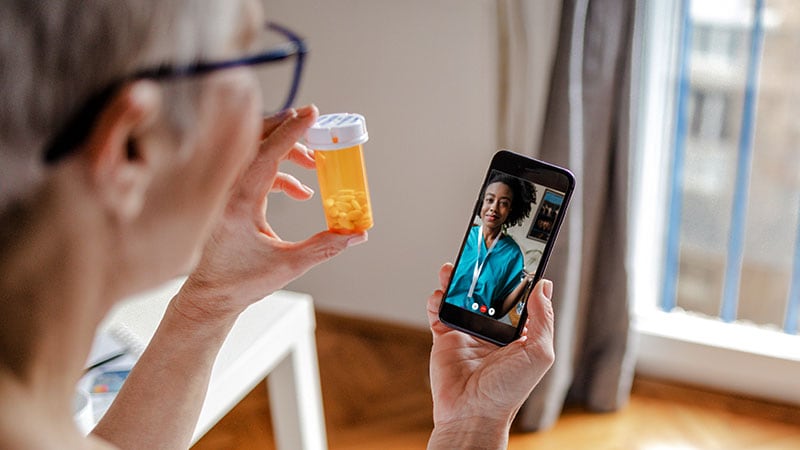Takeaway
- Opioid overdose patients who received intranasal naloxone hydrochloride were significantly more likely to require a rescue dose than patients who received the same naloxone dosage intramuscularly.
Why this matters
- This was the first blinded, randomized trial to study the efficacy of the 2 methods for administering naloxone.
Study design
- Double-blind, double-dummy randomized clinical trial on 197 individuals (aged, ≥18 years) with a history of injecting drug use.
- Treatment: 800 μg naloxone hydrochloride/mL intranasal (n=104) or intramuscular (n=93) modes.
- All participants received an intramuscular injection and an intranasal spray (active/placebo).
- Funding: New South Wales Department of Health Drug and Alcohol Services.
Key results
- Requirement for rescue dose of naloxone was less likely in intramuscular vs intranasal naloxone group (8.6% vs 23.1%; OR, 0.35; P=.002).
- The median time to adequate Glasgow Coma Scale scores ≥13 in intramuscular vs intranasal groups:
- 8.0 vs 15.0 minutes (HR, 1.65; P=.002).
- The median time to respiratory rate of at least 10 breaths/minute in intramuscular vs intranasal groups:
- 8.0 vs 17.0 minutes (HR, 1.81; P=.001).
- No major adverse events were reported for either group.
Limitations
- The application of the findings to other potent opioids is unknown.
Coauthored with Chitra Ravi, MPharm
References
References



